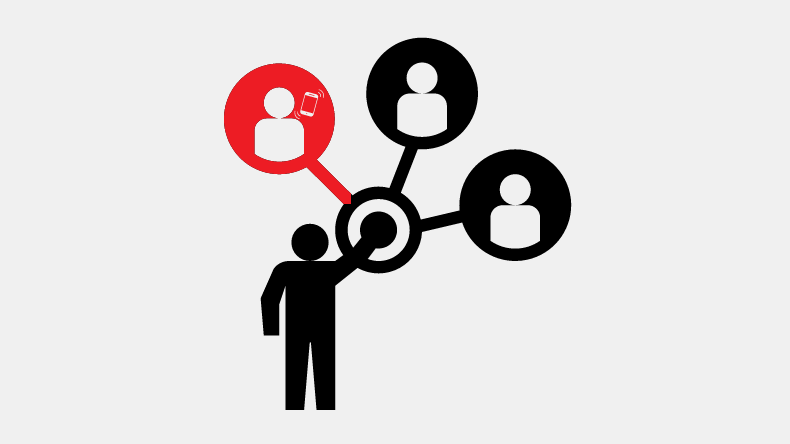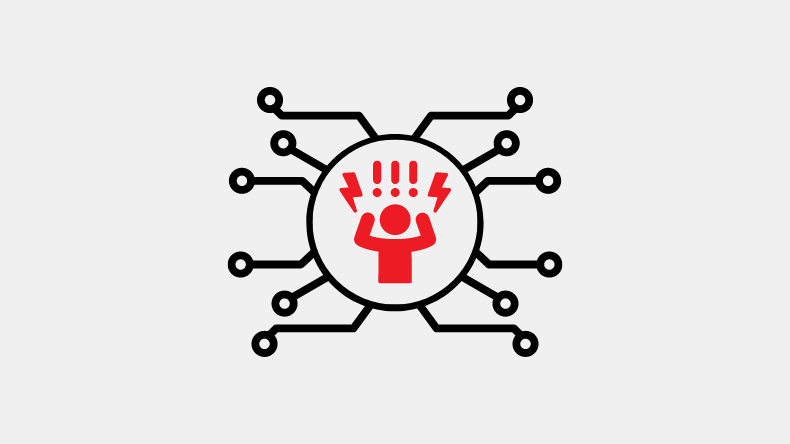Understanding Typosquatting: A Cybersecurity Threat for SMEs

How prepared is your SME business to identify and respond to typosquatting attempts?
In the ever-evolving landscape of cyber threats, one particularly insidious tactic that targets businesses is typosquatting.
Typosquatting exploits domain names by creating fake sites with slightly altered domain names to trick users into visiting fake websites for financial gain or to steal sensitive information.
SMEs, with their often limited cybersecurity resources, are especially vulnerable.
This blog will delve into what typosquatting is, how it can impact businesses and employees, and what you should be looking for.
We’ll also discuss essential countermeasures such as user education, regular patching, restricting local admin rights, web filtering, and implementing a robust security suite.#
What is Typosquatting and Typosquatted Domains?
Typosquatting, also known as URL hijacking, is a form of cybersquatting where cybercriminals register misspelled domains that are slight misspellings or variations of legitimate websites.
The aim is to exploit users who accidentally mistype a website address into their browser. For example, instead of “example.com,” a user might type “exapmle.com“ and end up on a malicious site that looks identical to the legitimate one.
These malicious sites can be used for various nefarious purposes, including phishing attacks, distributing malware, and stealing sensitive information. Given that many people don’t scrutinise URLs closely, typosquatting can be remarkably effective.
There is a suggestion that these Cyber criminals engaging in Typosquatting attacks tend to seize opportunities based on current events. According to Krebson Security, many phishing groups like the well-known group Fin7 are targeting tourists visiting France for the Summer Olympics later this month.
How Typosquatting can impact Businesses, Employees, and Internet Users
1. Phishing Attacks
Typosquatting can lead to successful phishing attacks where employees are tricked into entering login credentials or other sensitive information on a fake site.
This can result in unauthorised access to company accounts, data breaches, and even identity theft.
2. **Malware Distribution via Malicious Websites**
A common use of typosquatted domains is to distribute malware.
When employees visit these malicious websites, they may inadvertently download harmful software that can compromise company systems, leading to data loss, system outages, and other severe issues.
3. Brand Damage
If customers are tricked by typosquatted domains, it can damage the company’s reputation.
Cybercriminals often set up an alternative website that mimics the legitimate one, leading to brand damage.
Customers might lose trust in the business, assuming that the legitimate site is responsible for the phishing or malware.
4. Financial Loss
Dealing with the aftermath of a successful typosquatting attack can be costly.
This includes the immediate costs of handling a data breach, such as forensic investigations and legal fees, as well as longer-term impacts like loss of customer trust and potential regulatory fines.
Additionally, a fake site redirects traffic through affiliate links to earn a commission from purchases via the brand's legitimate affiliate program, further exacerbating financial losses.

Typosquatting and URL Hijacking: What you should look out for
1. **Suspicious URLs and Misspelled Domains**
Train employees to look out for slight misspellings or variations in URLs or the website address.
A single misplaced letter can indicate a typosquatted domain. These typosquatted domains can redirect users to malicious sites and often target internet users to steal business or personal information.
2. Unexpected Pop-ups
Legitimate websites rarely use aggressive pop-ups.
If an employee encounters unexpected pop-ups, especially those requesting sensitive information, it could be a sign of a typosquatting attempt and suspicious websites.
3. Unusual Website Behaviour
Pages that look slightly different from the expected layout or have unexpected errors could be typosquatted sites.
Employees should be encouraged to report any unusual website behaviour. It is crucial to identify the real site to avoid falling victim to typosquatted domains.
Countermeasures Against Typosquatting
1. **User Education on Typosquatting**
The first line of defence against typosquatting is educating employees. They should understand the risks associated with typosquatting and be trained to identify suspicious URLs and phishing attempts verses a legitimate website.
Top Tip: Regularly conduct phishing simulation exercises to test and reinforce your internet users' and employees' awareness and response to potential typosquatting attacks.
2. Regular Patching
Ensure that all software, including browsers and operating systems, is kept up-to-date with the latest security patches. This helps protect against vulnerabilities that typosquatting sites might exploit.
Top Tip: Implement an automated patch management system to ensure timely updates across all devices.
3. Restrict Local Admin Rights
Limit the number of users with local administrative rights on their devices. This reduces the risk of malware installation if an employee inadvertently visits a typosquatted site, malicious website, or fake website.
4. Web Filtering
Use web filtering solutions to block access to known malicious sites, including typosquatted domains. These tools can prevent employees from even reaching these sites in the first place.
5. Robust Security Suite
Implement a comprehensive security suite that includes antivirus, anti-malware, and endpoint protection.
These tools can provide an additional layer of defence against threats encountered through typosquatted domains.
Final Thoughts
Typosquatting is a significant threat that can have serious repercussions for SMEs.
By understanding what typosquatting is and recognising its potential impacts, businesses can take proactive steps to protect themselves.
Typosquatting can lead to the creation of fake websites that mimic well-known brands, posing significant cybersecurity risks.
Implementing robust countermeasures such as user education, regular patching, restricting local admin rights, web filtering, and a solid security suite is essential to mitigate these risks.
Have you considered the potential vulnerabilities in your business’s current cybersecurity posture?
It might be time to take a closer look and ensure your defences are robust.
Back to the blog.





